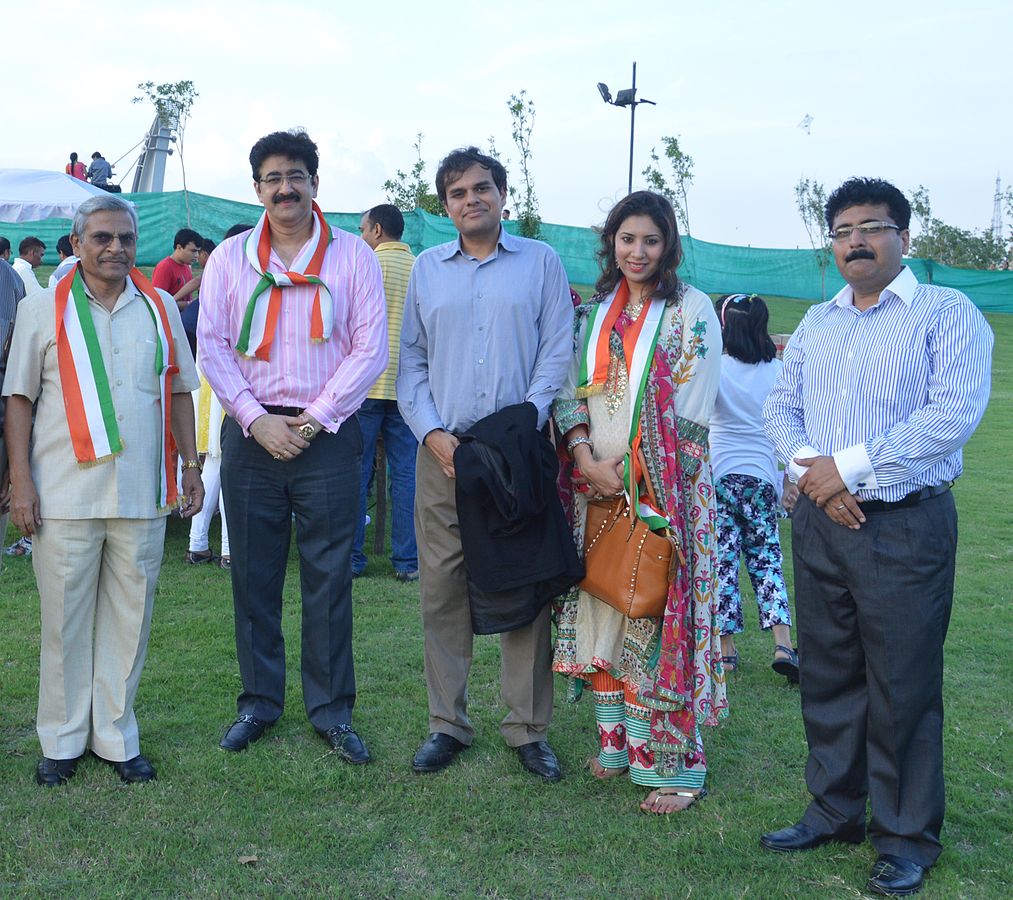KEY CONCEPT
What do the different generations in India expect from their leaders? Charisma, being team-oriented, seeking participation and inclusion, and treating subordinates with humanity are particularly prized, according to a recent cross-generational survey. Of less importance are the old stand-bys of yesterday’s leaders: autonomy and a strict adherence to hierarchy.
IDEA SUMMARY
Three generations of Indians are currently employed in India’s workplaces. The ‘partition generation’ (born 1944-1963, and roughly equivalent to the baby boomers) were born during times of insecurity and instability. As a result, stability is their primary goal in life, one reason they focus on maintaining cultural norms. Their name refers to the partition of India after its independence into two separate countries (India and Pakistan). The ‘transition generation’ (born 1964-1983 and roughly equivalent to Gen X) were born during less turbulent times. They are thus less focused on stability, and enjoy the freedom of more flexibility. The ‘post-liberalization generation,’ also known as the ‘market generation,’ (born 1984-1993, and roughly equivalent to millennials or Gen Y) grew up in a world with expanding economic opportunities and financial stability. They have a more entrepreneurial mindset, and are sceptical of rules and authority.
A recent survey of nearly 200 leaders representing all three generations and a range of educational levels investigated how different generations viewed leadership — and specifically which personal characteristics was required for effective leadership.
The study examined how respondents across all generations rated six leadership characteristics known to describe leadership. The least important of the six characteristics was an emphasis on hierarchy — that is, believing in paying attention to social rank, following tradition and playing by the rules. Another characteristic respondents believed did not make a leader effective was being autonomous, that is, being self-reliant and independent.
All generations consider the other four characteristics — being humane-oriented (being generous and compassionate), participative (striving for inclusion and collaboration), team-oriented (helping teams to work together more seamlessly) and, in the top spot of the list, being charismatic — to be significantly more important than hierarchy and autonomy.
But while all generations agree in general on what makes for effective leadership, differences do arise among the three generations on which of these are more important than others.
The importance of being humane-oriented is uncontested. Being team-oriented is also viewed as equally important by all the generations. Somewhat surprisingly, however, older participants in the survey placed more importance on being participative than respondents from younger generations (who are often perceived as ready to be more participative). Older participants are also more likely to stress the importance of charisma. One possible explanation for the latter is that the younger generation is more used to technology-based interactions (email, instant messaging, texting and Facebook), where charisma is irrelevant.
BUSINESS APPLICATION
Given the characteristics of good leaders identified by the different generations, how can leaders live up to their expectations?
- First, leaders must be charismatic. Charisma comes from an authentic enthusiasm for your work and the people you work with that becomes contagious.
- Leaders must be more team-oriented. It’s not enough to hand out assignments and deadlines. Make sure teams have the time to work through problems and challenges. And for each project, build in time to reflect on any lessons learned and to celebrate victories. It’s important to emphasize teamwork, especially in times of economic expansion, when competition over new opportunities can be intense.
- Leaders must be participative, encouraging (and listening to carefully) suggestions from all team members. Participation is not always intuitive in the Indian context when cultural traditions emphasize following orders from superiors without question.
- Finally, leaders must be humane-oriented. They must not only strive to help employees achieve their personal goals through their work, they must also be understanding in the face of serious personal situations. Leaders who appreciate and enable a balance between work and life are rewarded with more engaged and committed employees. A humane attitude is especially important in India because of the vast gaps between the different economic levels in society, where, for example, employees may walk for miles to get to work while their leaders are being chauffeur-driven every morning.
In short, what today’s working generations want to see from their leaders is less focus on self-interest and ambition and more concern and consideration for others, as well as an appreciation of their value.
REFERENCES
What Makes an Effective Leader? Generations in India Weigh In. Jennifer Deal, Sarah Stawiski, Meena Wilson & Kristin Cullen. Center for Creative Leadership (CCL®) Working Paper (2014)











